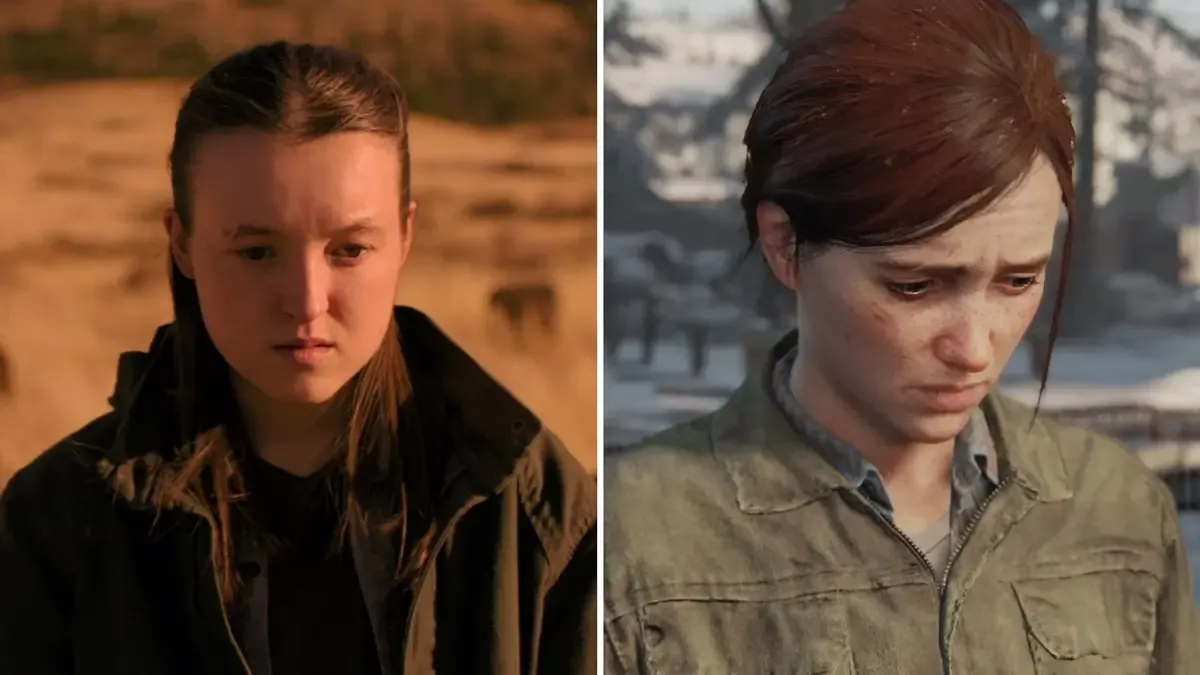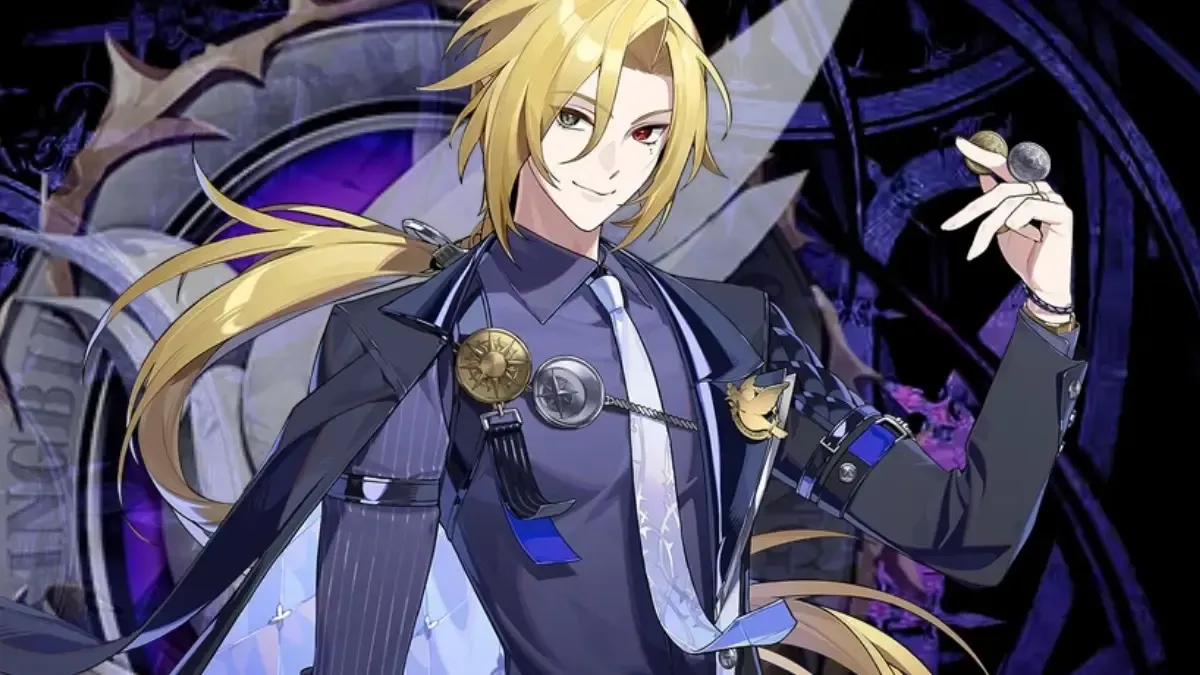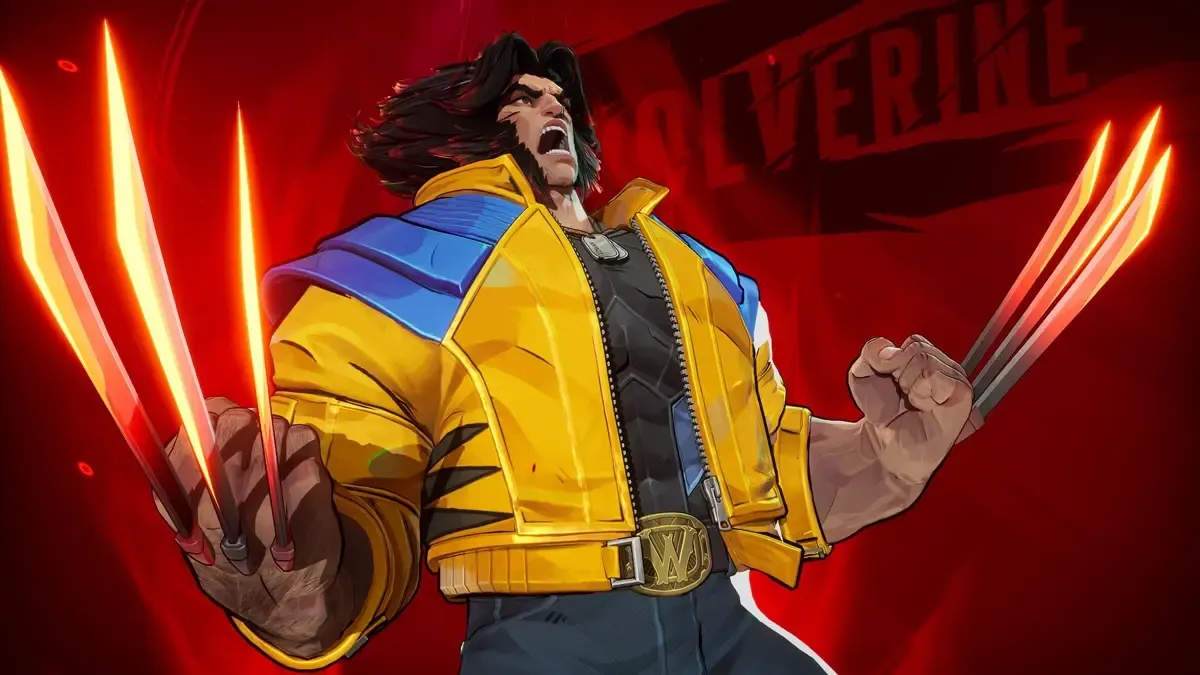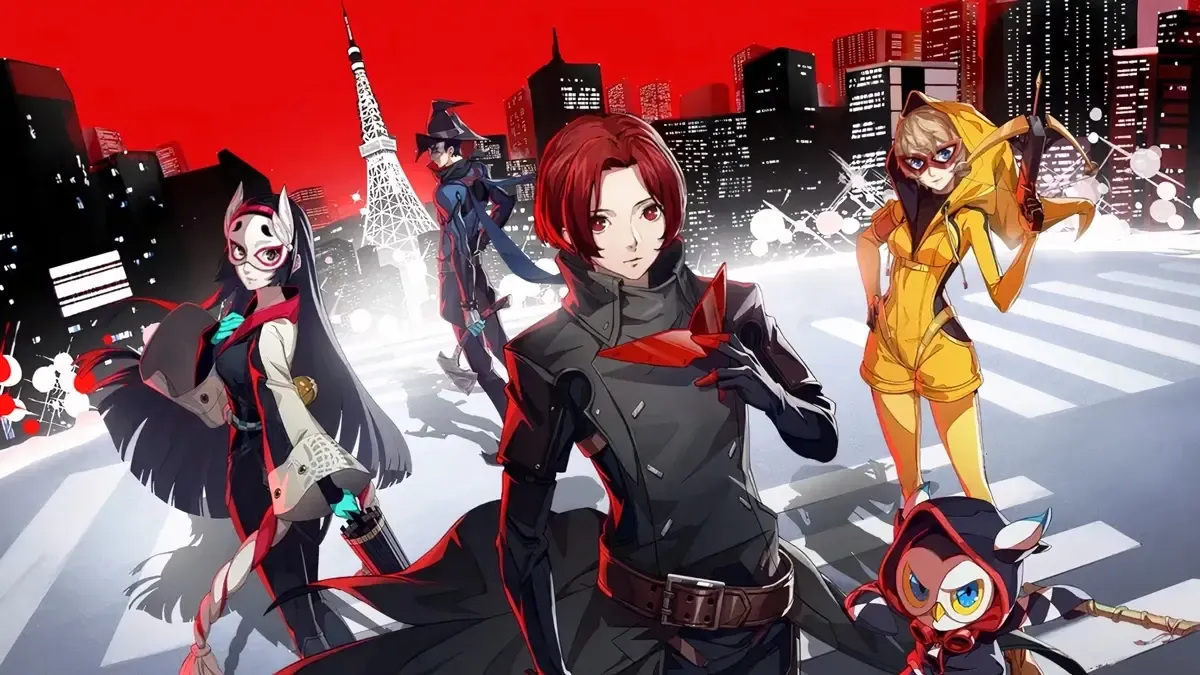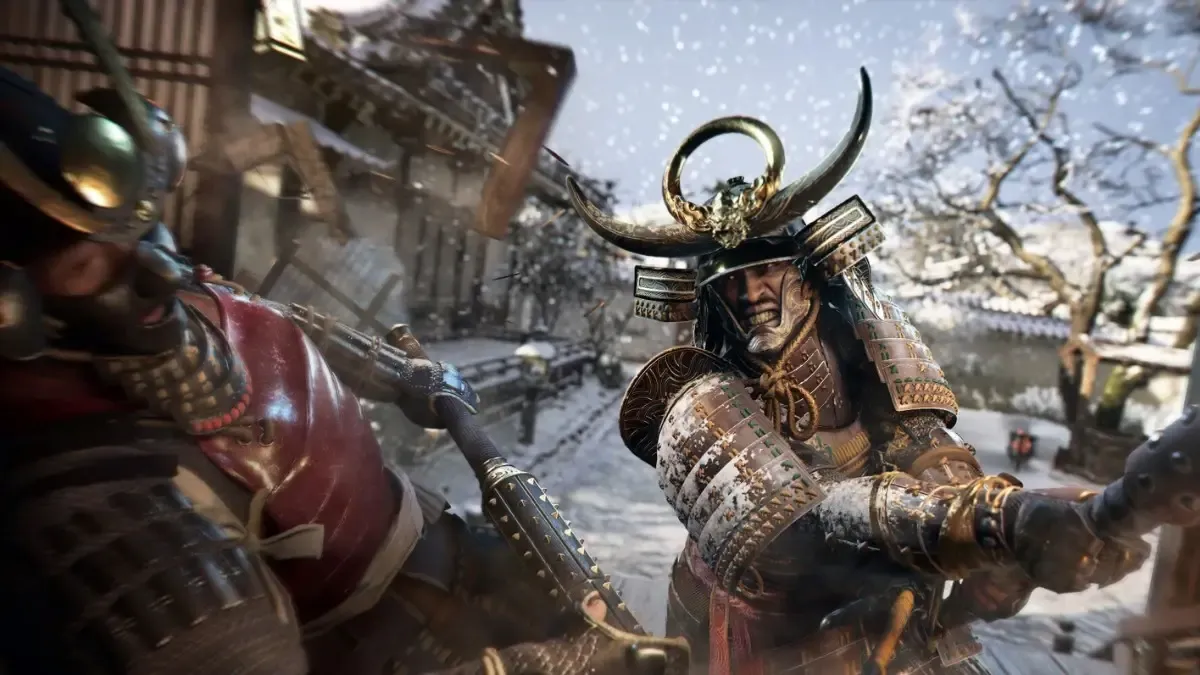The latest episode of The Last of Us gave us a much-needed breather, but it was packed with changes nonetheless.
HBO’s The Last of Us Season 2 delivered a sombre episode this week, picking up the pieces left behind by the brutal and climactic series of battles its protagonists were put through in Episode 2: Through The Valley. Episode 3: The Path follows Ellie and Dina’s journey to exact vengeance–or as they call it, justice–on Abby and her friends.
Let’s dive into all the changes and references we spotted in this week’s episode of The Last of Us.
Warning: major spoilers ahead!
Tommy is handling Joel’s absence a little differently

Tommy is dealing with the loss of his brother in a very different way than the game. In the game, he impulsively sets off to hunt down Joel’s killers and get revenge. In the series, three whole months pass, but he’s got his hands full with rebuilding Jackson, serving on the town council, and taking care of his family. He’s got his head on a swivel, and seems none too keen on finding Abby and her friends. Joel's death wasn't even the worst thing that happened to Jackson that week, after all.
By the end of the episode, we see Ellie and Dina head off by themselves on a journey to Seattle. This is a big change from the game, which saw Tommy head out first, with Ellie and Dina on his trail. We saw a trail of blood and destruction left by Tommy, who murdered his way through Seattle in order to find Joel’s killers. By the end of the game, his actions had ruined him to his very core, leaving him physically unable to continue his search.
At this point, HBO's Tommy and Naughty Dog's Tommy appear to be two separate people. It’s hard to imagine HBO Tommy setting off for revenge in Seattle, and thus fulfilling the character arc of his video game counterpart. He argues to Ellie that Joel wouldn’t have gone all guns blazing into dangerous situations for revenge alone. That makes it seem like the HBO series is preparing to tell a very different story with Tommy.
More of Jackson

HBO’s The Last of Us has much more room to tell the story that it wants to tell. In The Last of Us Part II, we only saw Ellie and Abby’s perspective on things, and the game had to strike a balance between lengthy cinematics and actual gameplay. The series has more freedom by comparison, and thus takes close to an hour to properly portray the events leading up to Ellie and Dina’s departure from Jackson.
Overall, we get a much deeper look into how Jackson operates here, compared to the games. We see that Jackson has a vocal community tied by mutual respect and fellowship, keen to have each other’s backs when it matters. When its council votes on important town matters, meetings are held where the townspeople make their voices heard. Presumably, less people typically show up than in the meeting we saw this week.
Everything in this meeting is original to the series. From Ellie’s written-down speech, to her interactions with Seth–the homophobic bigot who shockingly has her back–it all serves to flesh out Jackson and its people. Without these new additions, we’d understand much less about the way this town works, and who its people are.
Importantly, we also get good reasons behind the town’s choice to leave Joel’s death unavenged. It’s still rebuilding from its last battle with the Infected, and it can’t spare the manpower. However, as Seth demonstrates, some people at Jackson are still rooting for Ellie’s quest.
Two new factions are introduced

We get a brief sojourn to a forest trail that Ellie and Dina later follow to Seattle, right before it’s littered with dead bodies. Here, we are briefly introduced to a new faction of survivors dressed in simple robes, armed with hammers, and marked with scars on their cheeks. They whistle at each other to communicate, and thus can be unmistakably identified as Seraphites from The Last of Us Part II. When we first meet them in the game, they’re already deep in conflict with the Washington Liberation Front (WLF), AKA Abby and her friends’ militaristic group.
We see the Seraphites hide from approaching “wolves” in this scene. When Ellie and Dina later find the path littered with dead bodies, including children, it is implied that the WLF found and overpowered them. This is also original to the series, and an earlier introduction to the Seraphites than expected to boot. The tone with which they are introduced is also interesting. We see a child amongst them slaughtered by the WLF, leaving viewers sympathetic to their plight. However, players of the game will know that the Seraphites are no angels themselves.
We also see Dina throw up after catching sight of a child’s corpse, and while that’s a perfectly understandable reaction on its own, the series is likely teeing up a reveal from the game: she’s pregnant. She informed Ellie that she’d already returned to her fling with Jesse during the three-month time jump, which is telling enough.
At the end of the series, we get another scene original to the series: the WLF marching down the streets of Seattle in great numbers, armed with guns, tanks, and armour. Ellie and Dina have their work cut out for them–a revelation that doesn’t arrive until a little later in the game.
Seattle Day 1 begins next week

This episode’s title, “The Path” is a reference to a song on The Last of Us’ video game soundtrack, composed by Gustavo Santaolalla. This continues a pattern with Season 2’s episode titles: each of them are named after songs specific to the larger The Last of Us franchise. The first episode was titled “Future Days” in reference to the Pearl Jam song of the same name, while the second episode is titled “Through the Valley” in reference to The Last of Us Part II’s very first reveal teaser.
Next week, we’ll see the events of Seattle Day 1 adapted from the game.
That’s it for now! Check out our coverage of The Last of Us Season 2 Episode 2: Through the Valley here, and stay tuned for more Easter eggs and references from upcoming episodes.

